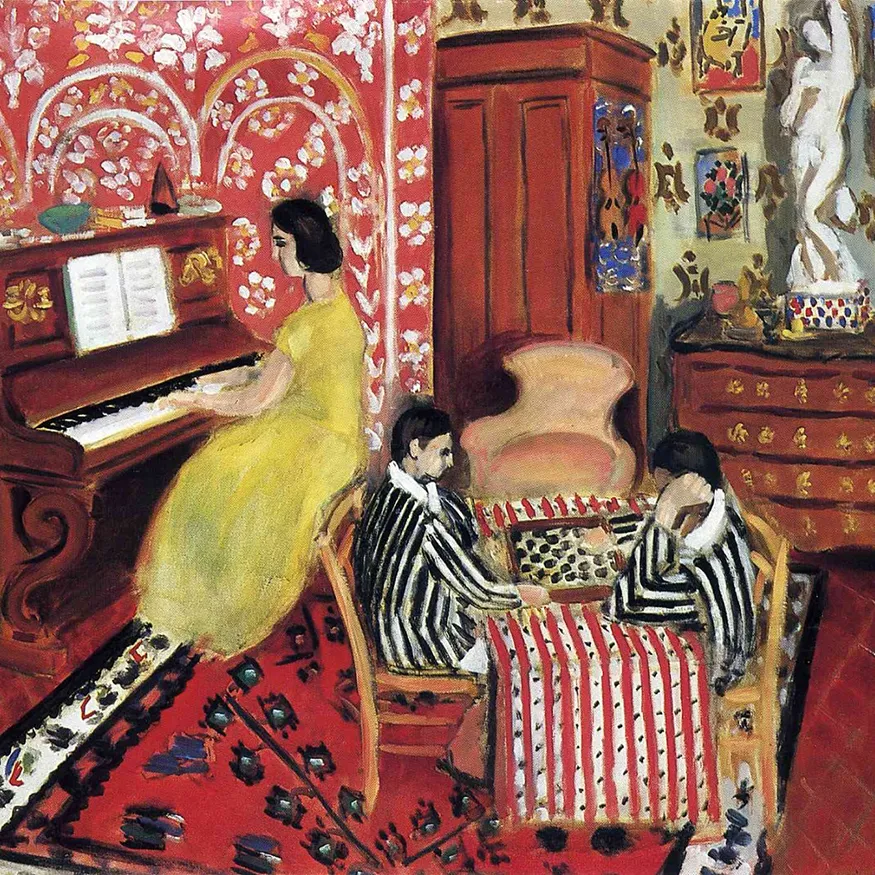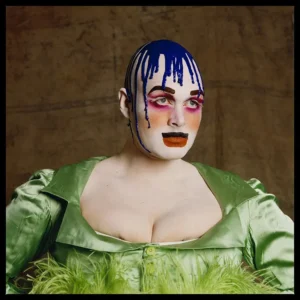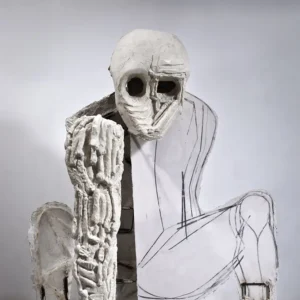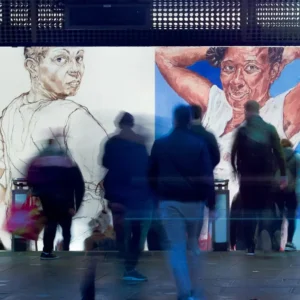Each year, thousands of creative works lose their copyright protections and enter the public domain. In 2025, the works of renowned artists like Henri Matisse, Frida Kahlo, and André Derain, all of whom died in 1954, are joining the ever-growing commons.
The transition every year allows artistic legacies to become more accessible to the public, sparking new interpretations, adaptations, and discussions on copyright, trademarks, and the concerns around commercial profits.
Frida Kahlo, the iconic Mexican artist, is celebrated for her vivid self-portraits, such as The Two Fridas and Self-Portrait with Thorn Necklace and Hummingbird, which confront themes of identity, resilience, and societal struggle.
Henri Matisse, a pioneer of Fauvism, revolutionized modern art with his daring use of color and simplified forms, evident in masterpieces like La Danse and Blue Nudes. His journey, from vibrant Fauvist canvases to the innovative paper cut-outs of his later years, reflects a relentless exploration of new ways to engage the viewer with visual harmony and expression.
Matisse’s works, celebrated for their vibrant hues and graceful lines, evoke both sensual joy and domestic harmony, embodying his belief that art should provide beauty and comfort—a true visual armchair for the soul.
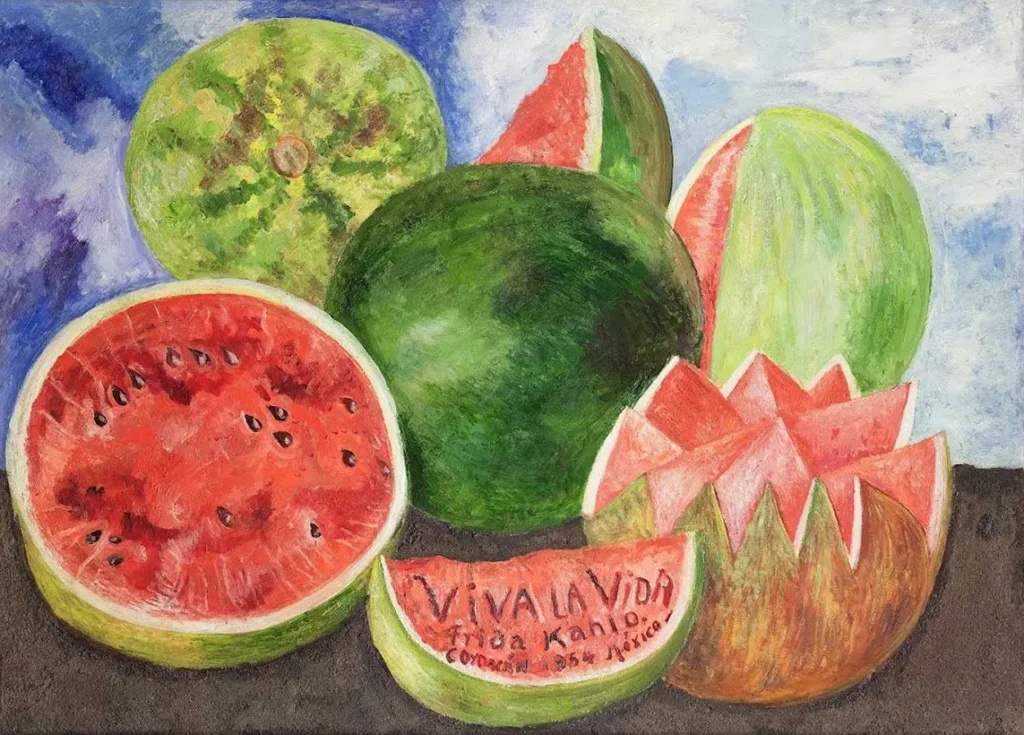
André Derain, a French painter and co-founder of Fauvism alongside Henri Matisse, left an indelible mark on 20th-century art with his daring use of bold, unnatural colors and expressive brushwork during the Fauvist period. From his vibrant depictions of London’s Thames River in vivid oranges and purples to his later Neoclassical explorations inspired by primitive and classical art, Derain’s artistic evolution bridged revolutionary modernism and traditional forms.
Born in 1907, Kahlo channeled the pain of a devastating bus accident and her tumultuous relationship with Diego Rivera into 143 striking works, including 55 self-portraits. Boldly blending Mexican folk art with surrealist elements, Kahlo’s art explores gender, class, and cultural identity with unflinching honesty. Her legacy endures as a symbol of feminism, indigenous pride, and LGBTQ+ representation, transcending her untimely death at 47. Lifting the copyright in a glimpse aligns with her anti-capitalist beliefs.
In addition to these visual masterpieces, an eclectic mix of cultural treasures has entered the public domain, offering fresh opportunities for exploration and reinterpretation. Literary masterpieces like Hemingway’s A Farewell to Arms, Faulkner’s The Sound and the Fury, Woolf’s A Room of One’s Own, and the English translation of Remarque’s All Quiet on the Western Front illuminate early 20th-century thought, from feminist essays to reflections on war.
Beloved cartoon icons such as Popeye, Tintin, and Mickey Mouse (in his original Steamboat Willie form) are now open for creative adaptation, while architectural landmarks like Van Alen’s Chrysler Building and Perret’s art deco works invite renewed study and inspiration, showcasing the bold experimentation of the era.

